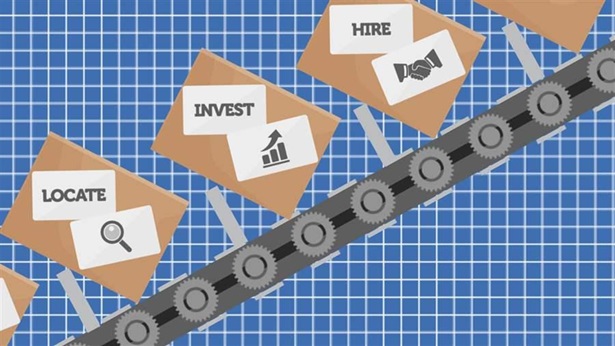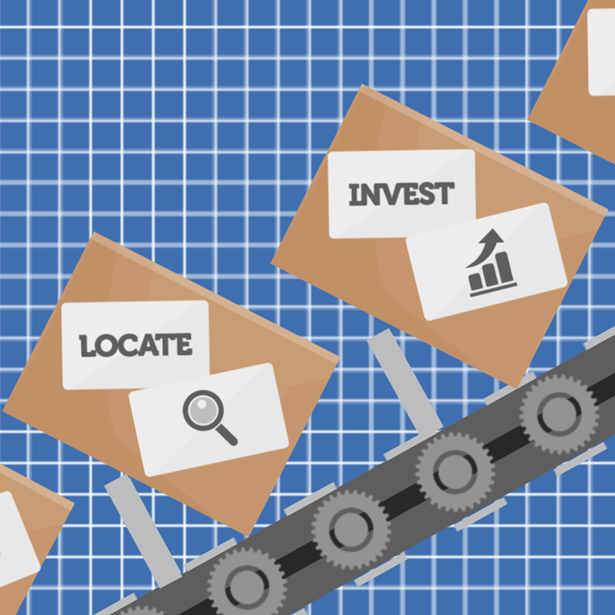How States Can Use Cost-Benefit Analysis to Evaluate Tax Incentives
Experts from Rhode Island’s Office of Revenue Analysis identify key considerations in virtual training

Policymakers expect tax incentive evaluations to provide detailed information about how the programs they have enacted affect their states and their residents. Cost-benefit analyses can help evaluators estimate an incentive’s fiscal and economic impact while also considering the degree to which business decisions may have been influenced by the available incentives.
To introduce evaluators to this approach, The Pew Charitable Trusts hosted a May 6 training led by Madiha Zaffou and Emily Fazio from the Rhode Island Department of Revenue’s Office of Revenue Analysis. Shane Benz of Pew’s state fiscal health project moderated the discussion. A complete transcript and slideshow are available.
Zaffou, the state office’s chief economic and policy analyst, reviewed how her team conducts breakeven cost-benefit analyses and laid out the steps needed to capture the costs and benefits associated with each tax incentive program. Zaffou, who has a doctorate in agricultural and resource economics, highlighted the important challenges—and advantages—in conducting such analyses. For example, one challenge is that an incentive’s objectives may overlap with those of other state or federal programs, making it hard to isolate one program’s influence.
A program could also suffer from a lack of data that limits evaluators’ ability to model its impact. Despite these obstacles, Zaffou noted that this type of analysis can be helpful because it “allows for the evaluation of an incentive program’s performance” under “different assumptions regarding the level of economic activity that would have taken place if the program had not been available.”
Fazio, a senior economic and policy analyst for the Office of Revenue Analysis, demonstrated how the team used economic modeling software to evaluate the state’s Motion Picture Production program in 2018 and New Qualified Jobs incentive in 2021. That process helped to estimate fiscal and economic impacts, including shifts in revenue, the state’s gross domestic product (GDP), and job creation.
Fazio highlighted the evaluations’ use of what is known as a “breakeven analysis” to determine “the percentage of economic activity associated with tax credit recipient firms that must be assumed to be attributable to the availability of the tax credit” in order for the economic impacts—such as changes in GDP, revenue, or job creation—to cover incentive costs.
Pew offered the training to support a network of more than 30 state evaluation offices that are sharing resources and strategies to improve tax incentive evaluations.
Josh Goodman is a senior officer and Shane Benz is an associate with The Pew Charitable Trusts’ state fiscal health project.


















